October 15, 2025
A Long Fight to Restore Snake River Salmon
Timeline of selected events, court rulings, and more recent developments
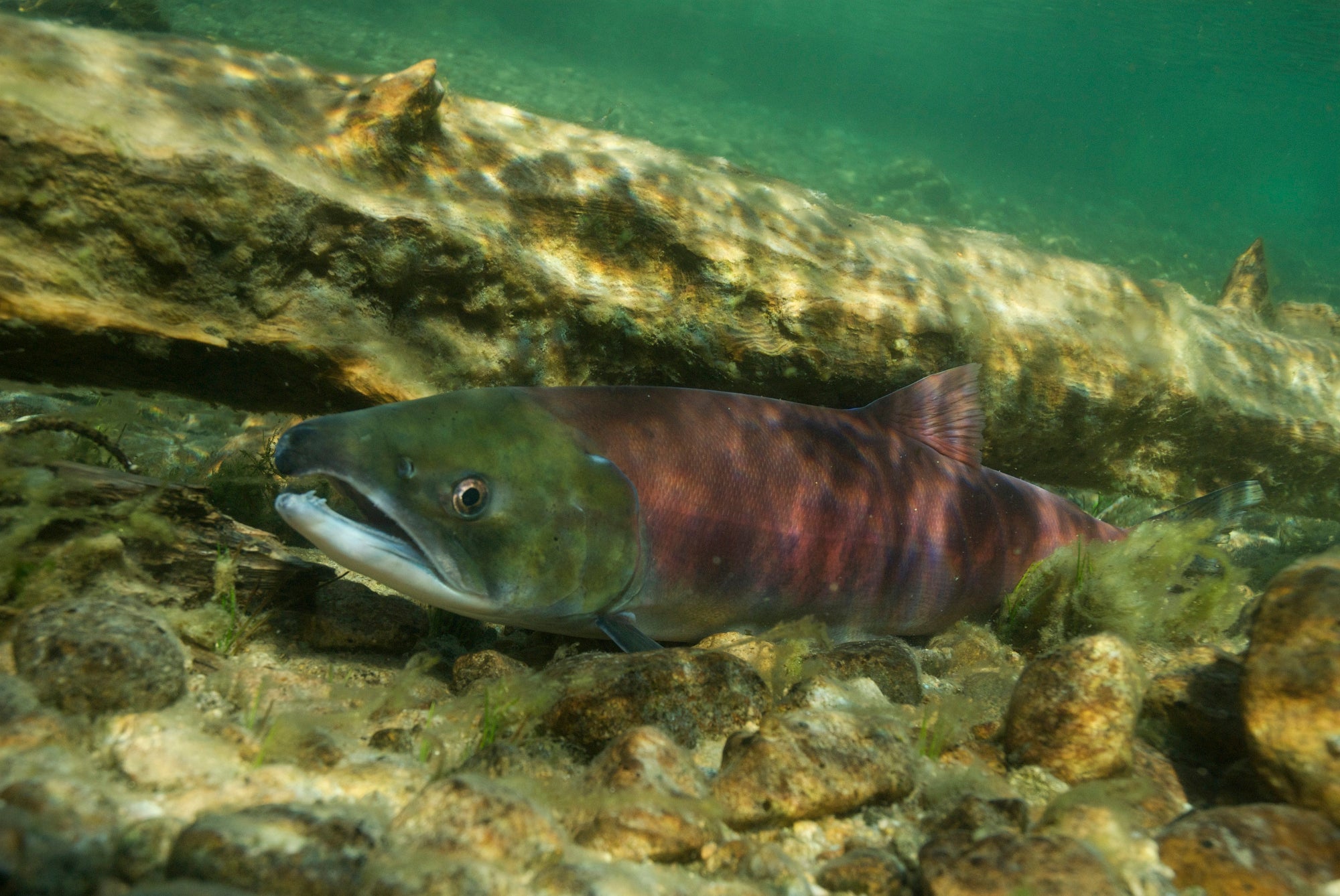
Earthjustice has represented conservation, fishing and renewable energy groups, alongside the Nez Perce Tribe, other Columbia Basin Tribes and the State of Oregon, in court battles for 30 years to protect threatened and endangered salmon in the Columbia River Basin.
During that time, three different federal district court judges have declared illegal six different federal dam management plans, known as Biological Opinions or BiOps. Each time those decisions were appealed, we won too.
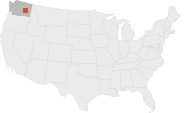
Despite three decades of rulings in our favor, federal agencies have yet to produce a BiOp that adequately protects salmon. In 2021, we joined in federal mediation — to work with federal agencies to develop a comprehensive solution that protects salmon before it’s too late.
Efforts to protect Snake and Columbia River salmon date back much further, of course. The deep relationship of Pacific Northwest Tribes to salmon extends back thousands of years — to time immemorial. Even before the first Columbia River dam was built in the 1930s, Tribes, fishers and conservationists were fighting to protect these iconic fish.
Following is a timeline of selected events, court rulings, and more recent developments in this long-standing fight. (See the latest update.)
1855
Four Columbia Basin Tribes (Nez Perce, Yakama, Umatilla and Warm Springs) sign treaties with the U.S. government ceding millions of acres of land in return for hunting and fishing rights and recognition of their longstanding relationship to the land, rivers, and salmon.
1938
Congress passes the Bonneville Project Act, which enables the marketing of power from federal dams on the Columbia River, and the Mitchell Act, which promises that fish lost because of the dams will be replenished with the help of hatcheries.
1945
The River and Harbors Act authorizes a proposal to build four federal dams on the lower Snake River. Bonneville Power Administration (BPA) would market the power.
1956 – 1975
The U.S. Army Corps of Engineers constructs four dams on the Lower Snake River — Ice Harbor, Lower Monumental, Little Goose, and Lower Granite — bringing the total number of dams on the mainstem Columbia and Snake rivers to 18 by 1975.
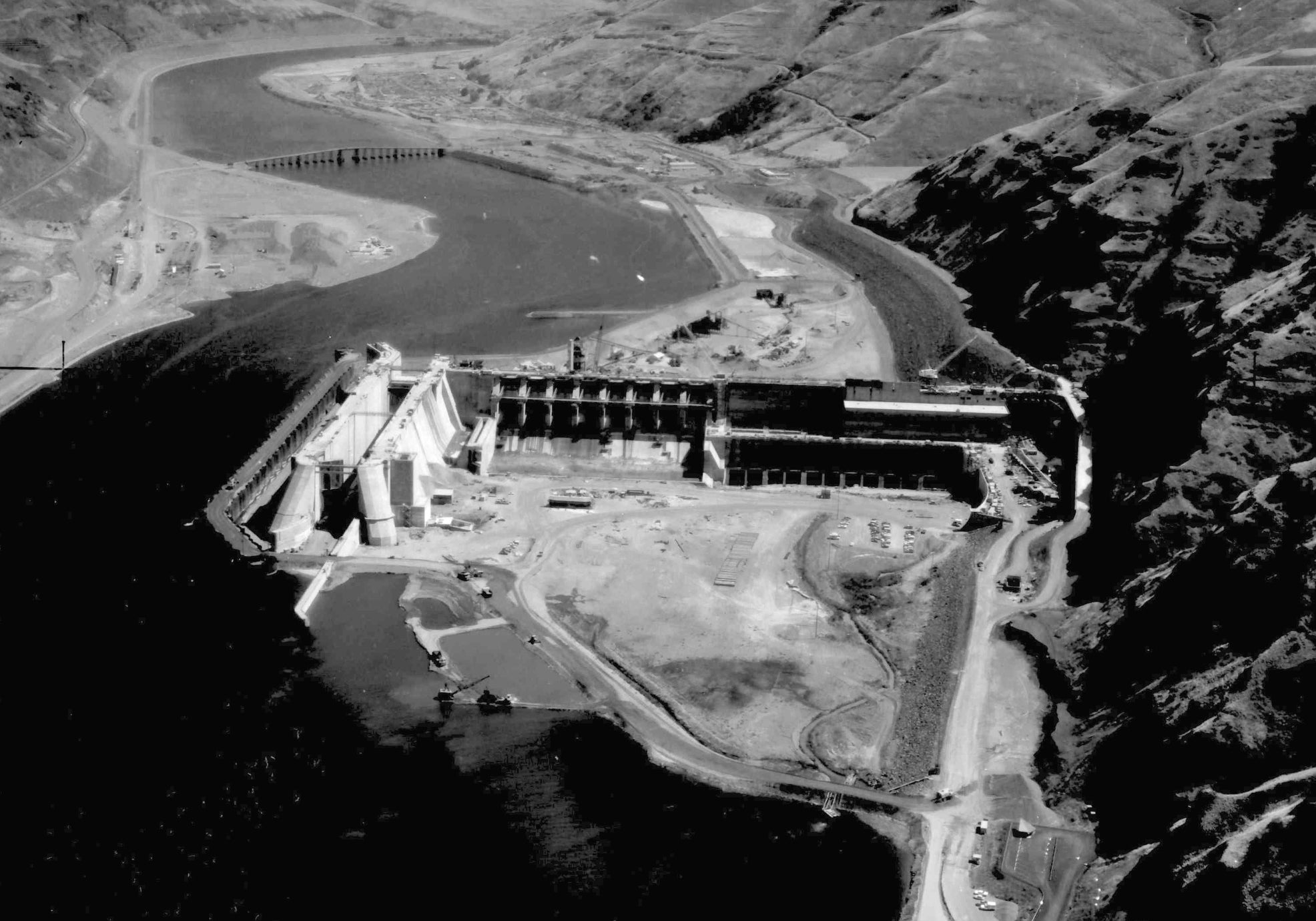
1973
Endangered Species Act (ESA) becomes law.
1980
Congress passes the Northwest Power Act, triggered by the rapidly declining salmon populations and fears that salmon could be listed under the ESA. The Power Act mandates that Columbia River power production and fisheries be managed as coequals.
1986
Coho salmon in the Snake River go extinct, joining three other species that had already disappeared (Mid-Columbia coho, Upper Columbia coho and Mid-Columbia sockeye).
[The Nez Perce Tribe has since this time undertaken projects to successfully reintroduce Snake River coho.]
1991
Snake River sockeye become the first Pacific salmon stock identified as endangered under the ESA.
[As of 2023, there are 13 salmon and steelhead stocks listed as threatened or endangered in the Columbia Basin, including seven Interior Columbia Basin stocks. All remaining Snake River stocks are listed under the ESA.]
1992
Earthjustice’s First Legal Action
As required by the ESA, NOAA issues its first biological opinion on dam operations in the Snake-Columbia Basin. The BiOp says dams will not jeopardize endangered or threatened fish.
The plan is immediately challenged in court by the fishing and conservation groups we represent and by the Idaho Department of Fish and Game. The two cases are consolidated in the U.S. District Court in Oregon.
This is Earthjustice’s first legal action to protect Snake River salmon.
1994
Earthjustice’s First Victory
In Earthjustice’s first victory, U.S. District Judge Malcolm Marsh overturns NOAA’s first BiOp on dam operations in a sharply worded opinion. The judge says the status quo is not working and the “situation literally cries out for a major overhaul.”
1995
NOAA issues a new five-year BiOp that finds the proposed dam operations jeopardize salmon but promises some vague mitigation measures and a “major overhaul” of these operations by 2000.
1996
Environmental and fishing groups, represented by Earthjustice, and the State of Oregon, challenge the BiOp in court and ask for greater river flows and spill at the dams to protect Snake River salmon.
1997
Judge Marsh upholds the 1995 BiOp, but just barely, and says he expects a better plan that delivers a major overhaul of dam operations by 2000.


2000
NOAA issues the much-anticipated 2000 BiOp, the third for the Columbia River System, but it fails to deliver the promised major overhaul.
2001
National Wildlife Federation, along with other environmental and fishing groups, represented by Earthjustice, challenge the 2000 BiOp; Oregon and four Columbia Basin tribes join.
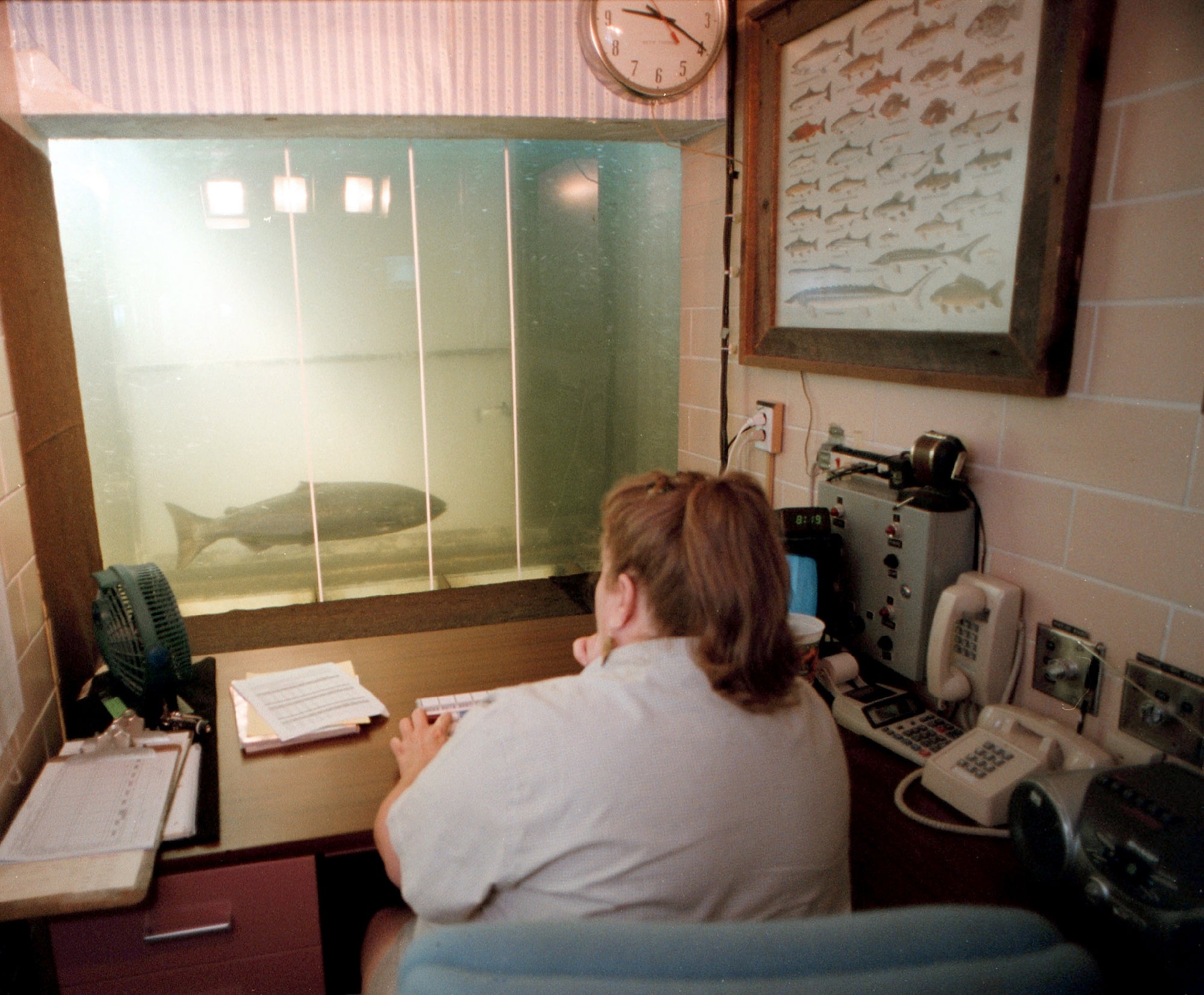
2003
BiOp Declared Illegal For Second Time
The new case is assigned to U.S. District Court Judge James Redden in Oregon who rejects the 2000 BiOp, calling its mitigation measure too uncertain and inadequate to protect salmon. This marks the second time a BiOp is declared illegal.
2004
NOAA quickly issues a new 2004 BiOp that backtracks and concludes dam operations will not jeopardize salmon. It is immediately challenged by Earthjustice and our plaintiffs, along with Oregon and a number of Tribes.
2005
BiOp Declared Illegal For Third Time
Judge Redden rejects the 2004 BiOp, later calling it a “cynical and transparent attempt to avoid responsibility for the decline of listed Columbia and Snake River salmon and steelhead.” This is the third BiOp declared illegal by a federal judge.
In a separate ruling, Judge Redden grants an injunction requiring increased spill of water past the dams to help juvenile salmon.

2007
The Ninth Circuit upholds both Judge Redden’s invalidation of the 2004 BiOp and his injunction decision in a landmark ruling under the ESA.
2008
NOAA issues a new BiOp finding that dam operations jeopardize salmon but again failing to require major steps to change these operations. Earthjustice and our plaintiffs challenge the 2008 BiOp in U.S. District Court in Oregon, joined by the State of Oregon and the Nez Perce Tribe.
2010
In response to criticism of the 2008 BiOp by Judge Redden, federal defendants seek a voluntary remand to revise it and then release a 2010 Supplemental BiOp which combines the 2008 BiOp and provisions of an adaptive management plan released in 2009.
2011
Court Rejects Fourth and Fifth BiOps
U.S. District Court Judge James Redden declares the combined 2008 and 2010 BiOps illegal for again failing to provide a legal and scientifically adequate plan to protect imperiled Columbia-Snake River salmon from extinction.
These are the fourth and fifth BiOps the court has rejected.
The court’s 2005 injunction requiring additional spring and extended summer spill remains in place, continuing to help prevent salmon extinction.
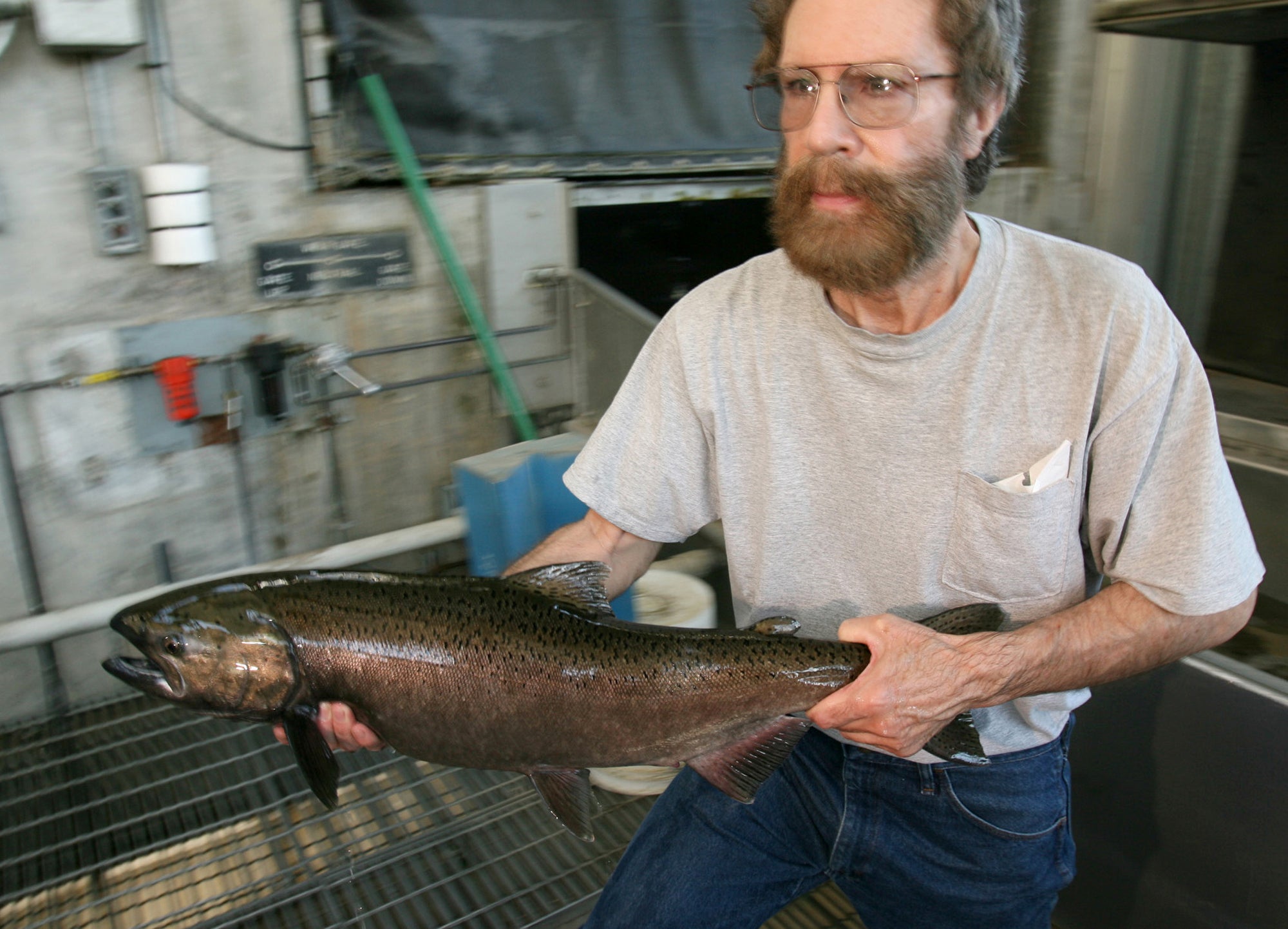
2014
NOAA Fisheries issues yet another BiOp that once again fails to significantly modify dam operations.
Conservation and fishing groups, represented by Earthjustice and joined by Oregon and the Nez Perce, once again challenge this plan.
Judge Redden steps down and the new case is assigned to Judge Michael Simon.
2015
Unusually warm river conditions kill more than 90% of all adult sockeye salmon returning to the Columbia Basin.
Scientists warn this could be the new normal due to climate change.
2016
Sixth Time BiOp Declared Illegal
Judge Simon declares the 2014 BiOp illegal in a lengthy and sharply worded opinion. This marks the sixth time a Columbia River System BiOp is declared illegal by a federal judge.
Once again the Court sends the case back to the federal agencies to try to develop a new plan that complies with the law.

2017
Judge Simon issues an injunction requiring increased levels of increased spill in the spring and extended summer spill.
2018
Ninth Circuit affirms Judge Simon’s 2017 decision to grant injunctive relief ordering additional spill over federal dams to facilitate downstream salmon passage.
2020 – 2021
Federal defendants release a Final Environmental Impact Statement (FEIS) for dam operations that rejects a dam breach alternative and a new 2020 BiOp along with a Final Record of Decision (ROD) approving the FEIS and BiOp.
Earthjustice files a petition for review of these documents in the Ninth Circuit Court of Appeals and returns to U.S. District Court to challenge the 2020 FEIS, ROD and BiOp. Oregon and the Nez Perce Tribe again join Earthjustice and its clients.
Earthjustice also files a motion for injunctive relief seeking further increases in spill and drawdown of water levels in the reservoirs behind dams to speed juvenile salmon passage downstream. The Nez Perce Tribe and Oregon join this request.
In Oct. 2021, Earthjustice and its plaintiffs join with Biden administration, the State of Oregon, and the Nez Perce Tribe to pause litigation challenging the 2020 FEIS/ROD/BiOp for federal hydropower operations on the Snake and Columbia Rivers.
The pause is through July 31, 2022, so parties can work together to develop and implement a comprehensive, long-term solution to resolve the long-running litigation.

2021
Following extensive meetings with stakeholders, Idaho Rep. Mike Simpson releases an ambitious plan calling for breaching the Snake River dams by 2030 and replacing the services they provide. His proposal carries a price tag of more than $30 billion.
“In the end, we realized there is no viable path that can allow us to keep the dams in place,” Simpson says in a virtual presentation.
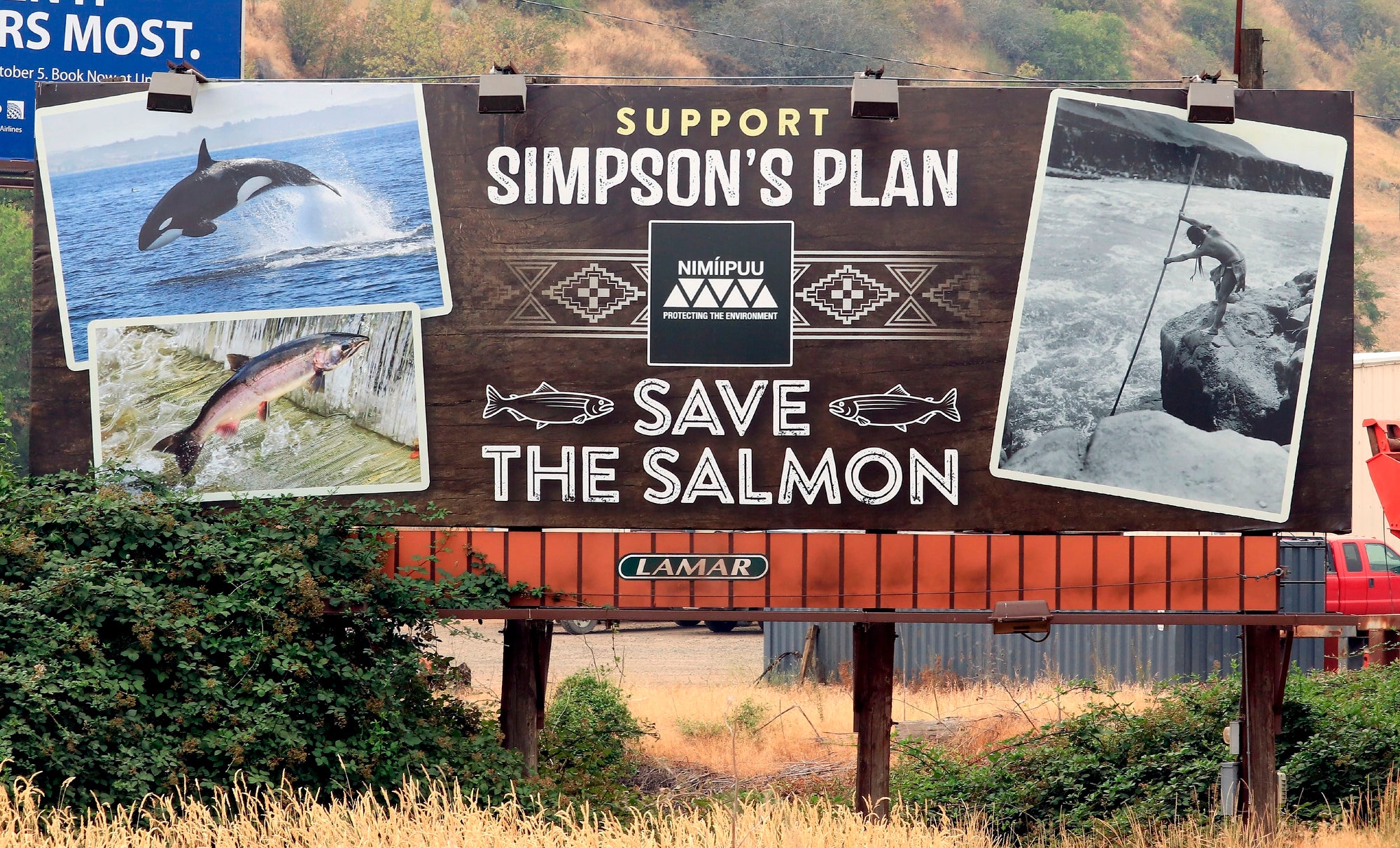
2022
The U.S. government convenes a nation-to-nation meeting between federal agencies and Tribal leaders hearing a request for accountability of federal actions that have caused harm to the Columbia River, its tributaries, and its first residents. The Biden administration states its commitment to identifying a path forward to restore healthy and abundant wild salmon and other native fish to the Columbia River Basin.
NOAA Fisheries releases the Rebuilding Interior Columbia Basin Salmon and Steelhead report which concludes that removal of the four dams on the lower Snake River as soon as possible is “essential” to avoid salmon extinction and allow populations to rebuild. The Columbia River Intertribal Fish Commission (composed of the Nez Perce, Umatilla, Yakama, and Warm Springs Tribes) publishes its Energy Vision for the Columbia River Basin, a Tribal vision of sustainable energy development and use for the future that supports Snake River dam breach as necessary to restore healthy, harvestable salmon populations.
U.S. Senator Patty Murray and Washington Governor Jay Inslee release a separate report finding that removing the four lower Snake River dams is necessary to avoid salmon extinction and achieve recovery, concluding it would cost between $10.3 billion and $27.2 billion to replace the collective benefits for energy, irrigation, and recreation provided by the four lower Snake River dams. In a statement following that study, Murray and Inslee stress the importance of replacing services provided by the dams so they can be removed.
In August, the Biden administration, State of Oregon, Nez Perce Tribe, Spokane Tribe of Indians, the Coeur d’Alene Tribe and a coalition of plaintiffs in Columbia-Snake litigation represented by Earthjustice agree to pause litigation for a second year to continue working on “durable solutions” for restoring salmon. The new deadline for the stay to lift is set at Aug. 31, 2023.

April 2023
Consistent with the Murray-Inslee plan, the Washington State Legislature in the final 2023–25 state budget funds planning to replace the energy, transportation, and irrigation services currently provided by the four aging dams on the lower Snake River so they can be breached.
August 2023
The Biden administration, plaintiffs in the Snake River litigation, the State of Oregon, Nez Perce Tribe, the Coeur d’Alene Tribe, the Spokane Tribe and federal defendants again agree to extend the litigation stay that had been set to end Aug. 31 for another 60 days through Oct. 31. At this point, litigation has been paused for 22 months.
September 2023
The Biden administration enters into an agreement with the Coeur d’Alene Tribe, the Confederated Tribes of the Colville Reservation, and the Spokane Tribe of Indians on Sept. 21 to support the Tribally led effort to restore salmon to blocked habitat in the Upper Columbia River Basin, including providing $200 million over 20 years. In return, those Tribes end their litigation on the Snake and Columbia Rivers.
On Sept. 27, the Biden administration issues a Presidential Memorandum on Restoring Healthy and Abundant Salmon, Steelhead and Other Native Fish Populations in the Columbia River, directing federal agencies to use all of their authorities to restore healthy and abundant wild salmon and steelhead populations across the Columbia and Snake River Basin and to review and update any policies not aligned with that goal.
October 2023
Earthjustice’s plaintiffs and other parties notify the Court on Oct. 31 that they are working towards approval of a proposed package of actions and commitments from the federal government and will file that with the Court by Dec. 15, 2023, or propose a schedule for restarting litigation by that date.
Dec. 14, 2023
U.S. Government, Six Sovereigns, and Plaintiffs Agree on Historic Agreement to Restore Columbia Basin Salmon, Modernize Infrastructure, and Invest in New Sources of Clean Energy
The White House, the States of Oregon and Washington, and four Columbia Basin Tribes announce an agreement to restore the Columbia Basin.
Based on a Tribal-state initiative backed by federal commitments, a coalition of fishing, conservation, and renewable energy groups, represented by Earthjustice in a lawsuit, agree to seek a multi-year pause in Snake River litigation. The long-term litigation pause would allow for implementation of federal commitments supporting a groundbreaking new initiative advancing the recovery of salmon, steelhead and other native fish populations throughout the Columbia River Basin.
The new initiative, the Columbia Basin Restoration Initiative (CBRI), developed by Washington, Oregon, and the four Columbia Basin Treaty Tribes, provides a comprehensive new roadmap for salmon recovery, including a call to replace the energy, transportation, irrigation, and recreation services provided by the lower Snake River dams so they can be breached. The Biden administration is supporting the bold new blueprint with federal commitments and a Memorandum of Understanding (MOU) pledging to continue working together on next steps. The MOU and supporting commitments were later dubbed the “Resilient Columbia Basin Agreement.”
Feb. 8, 2024
The U.S. District Court in Oregon approves a long-term pause in Snake River litigation while the Resilient Columbia Basin Agreement is in place.
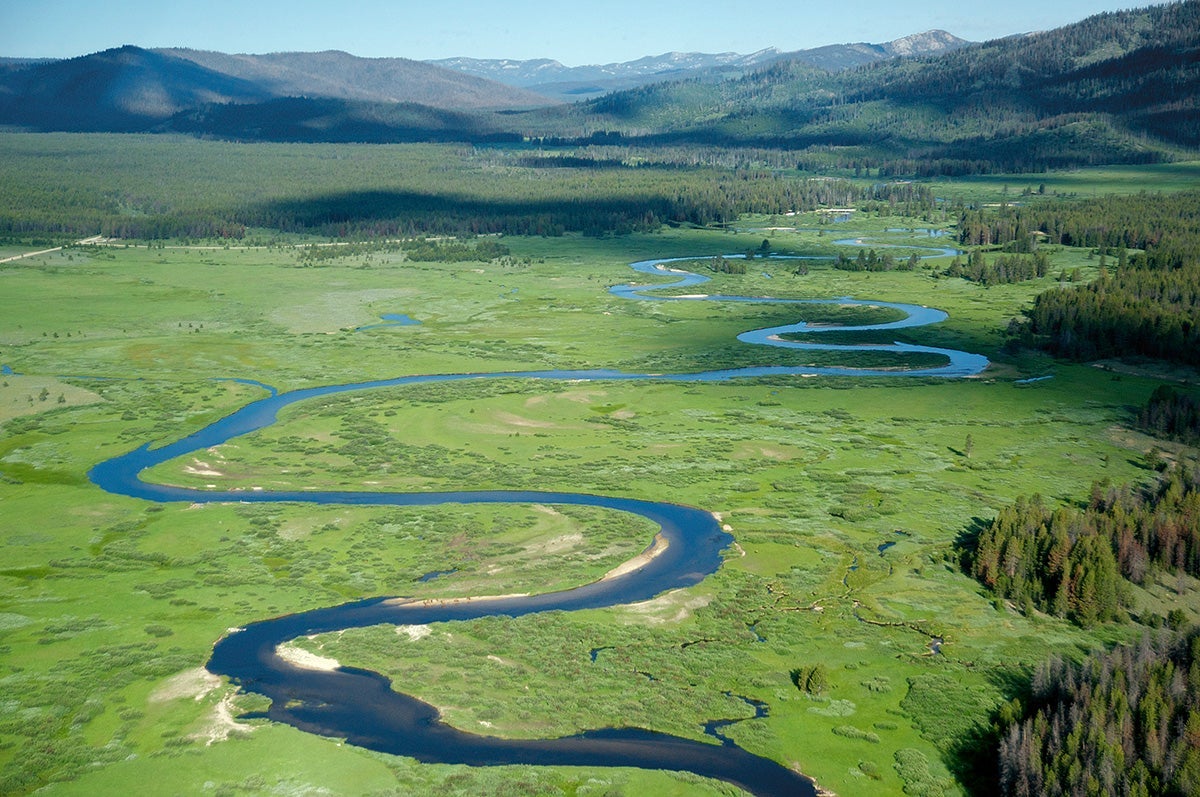
Jun. 18, 2024
The U.S. Department of Interior releases the Tribal Circumstances Analysis, documenting how, in less than a century, from the 1900s to the 1970s, a series of federal dams constructed across the Columbia River Basin devastated natural ecosystems that since time immemorial had sustained abundant salmon, other native fish, wildlife and plants, and the basin’s Tribes.
The analysis fulfilled one of the U.S. government commitments in the Resilient Columbia Basin Agreement.
Dec. 17, 2024
Federal agencies announce plans to update the flawed environmental study that currently underpins management of Columbia and Snake River dams. An updated plan for dam operations was desperately needed given the dire state of Columbia River Basin salmon and the illegal 2020 Trump plan.
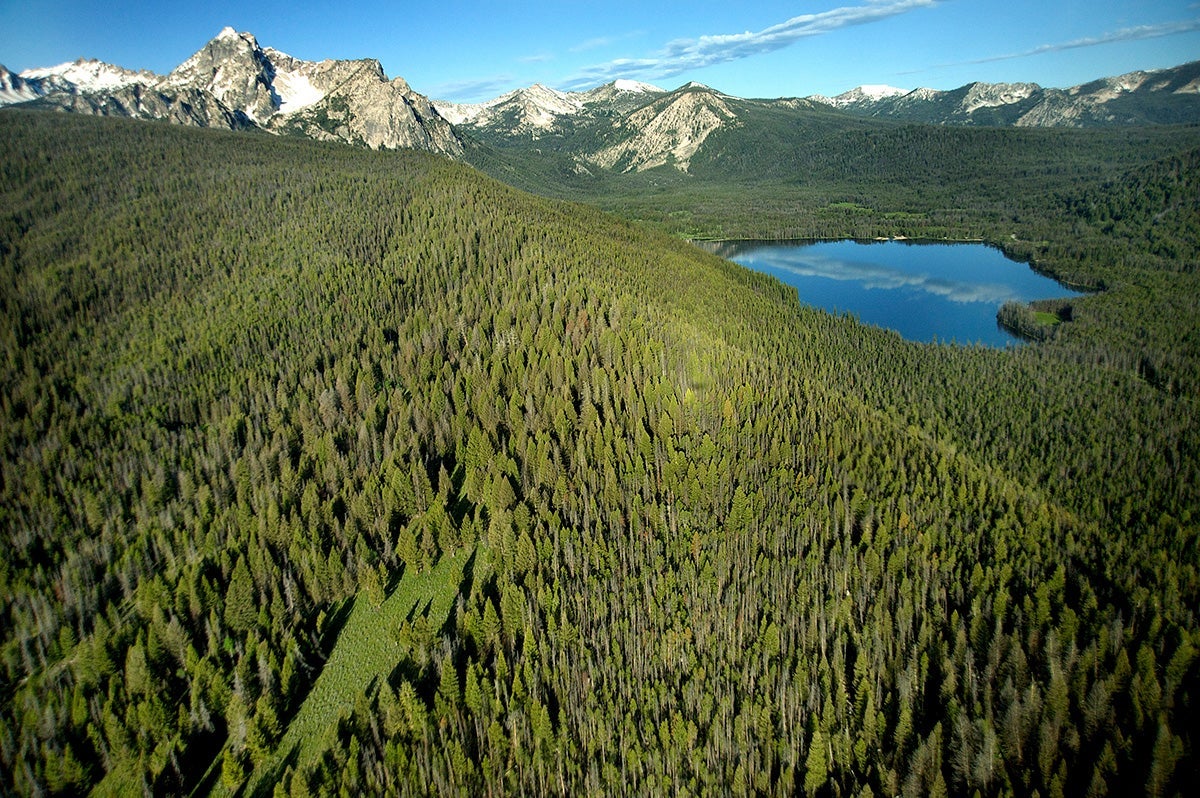
Jun. 12, 2025
President Trump signs a Presidential Memorandum that unilaterally and abruptly directs federal agencies to withdraw from the Resilient Columbia Basin Agreement, the comprehensive partnership to restore the basin’s imperiled salmon, steelhead and other native fisheries to health and abundance.
The White House also revokes a Presidential Memorandum signed by President Biden in September 2023 that preceded the agreement and supported native fish restoration across the basin.
Sept. 11, 2025
Because of the federal government’s withdrawal from the agreement, conservation, fishing, and clean energy groups represented by Earthjustice file a motion requesting the U.S. District Court in Oregon end the multi-year pause on the groups’ long-running litigation to protect endangered Columbia Basin wild salmon and steelhead from federal dams that kill millions of fish every year.
The court grants the lifting of the stay that same day.
Oct. 14, 2025
Despite an attempt by the federal government to pause the litigation due to a government shutdown, the U.S. District Court in Oregon allows the litigation to proceed.
Earthjustice plaintiffs file a preliminary injunction request with the court seeking emergency measures to protect endangered salmon and steelhead from harms caused by lower Snake and Columbia River dam operations. The State of Oregon files a similar request on the same day.
The actions requested by Earthjustice plaintiffs and the State of Oregon are science-based measures recommended by state and tribal fishery managers to avert salmon extinction in the short-term while work continues on comprehensive solutions to salmon recovery in the basin.
The proposed order is also supported by the Nez Perce Tribe and, for the first time in this long-running litigation, the state of Washington
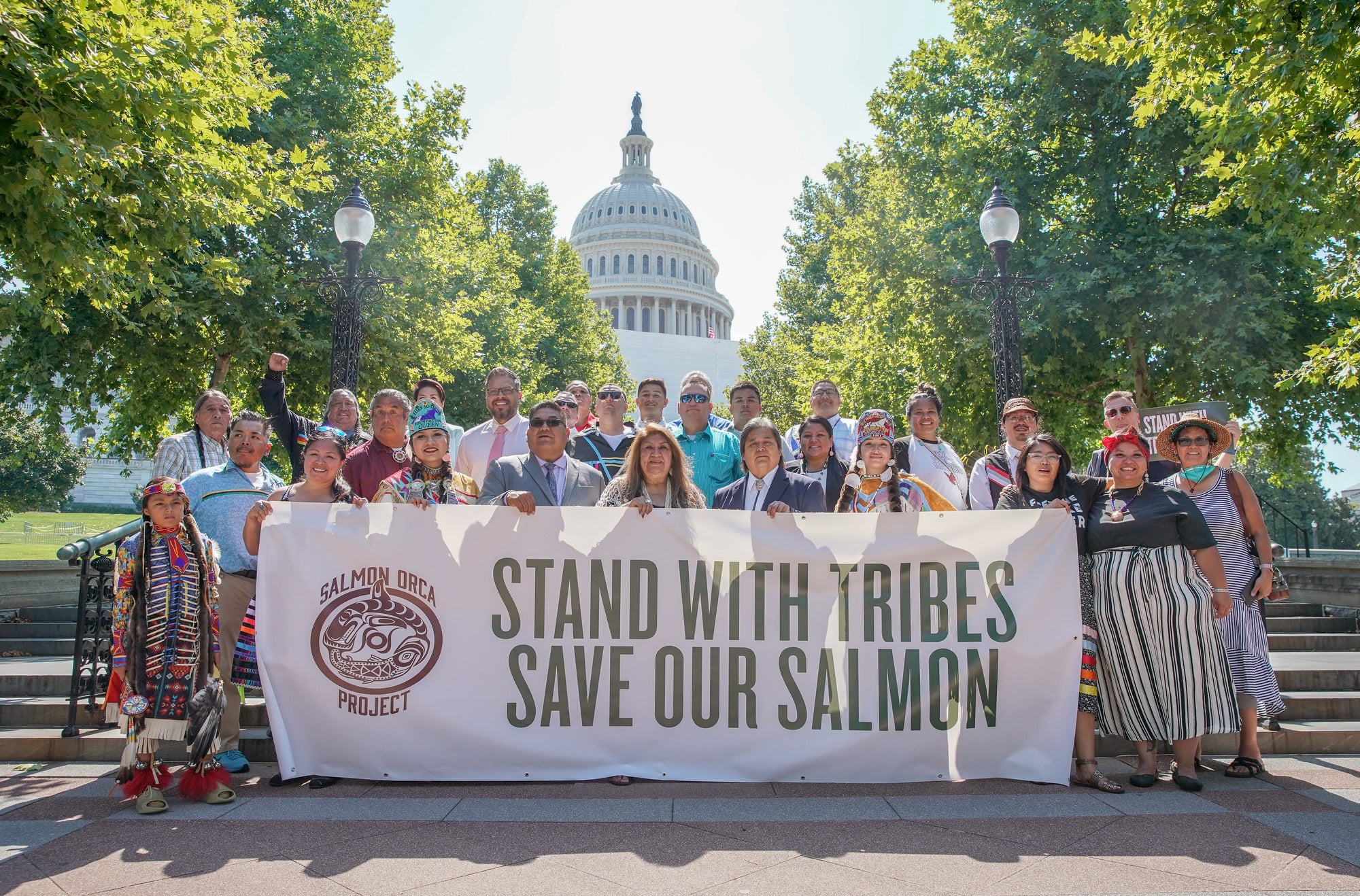
Established in 1987, Earthjustice's Northwest Regional Office has been at the forefront of many of the most significant legal decisions safeguarding the Pacific Northwest’s imperiled species, ancient forests, and waterways.